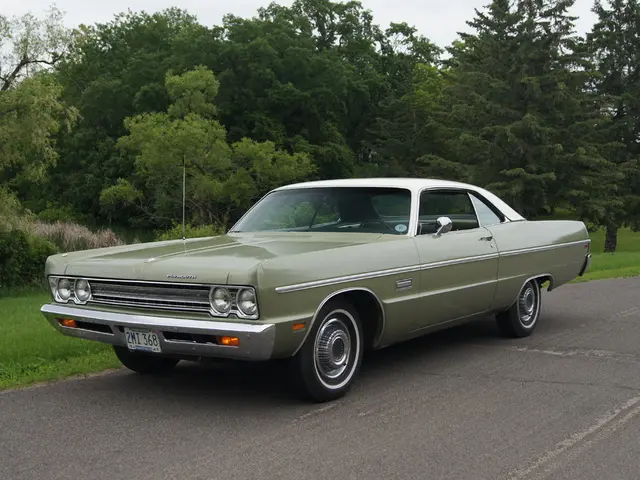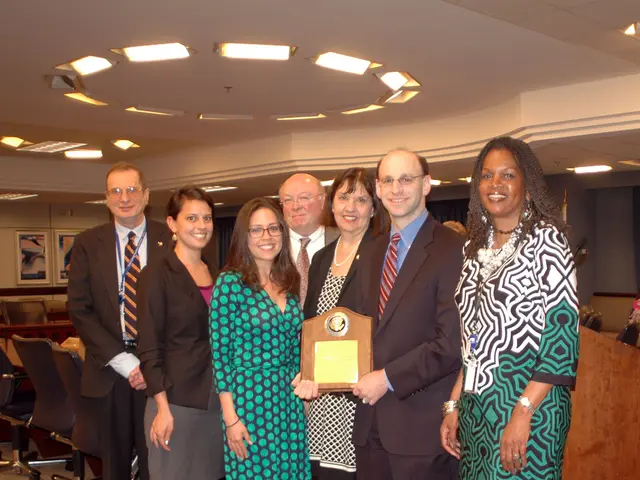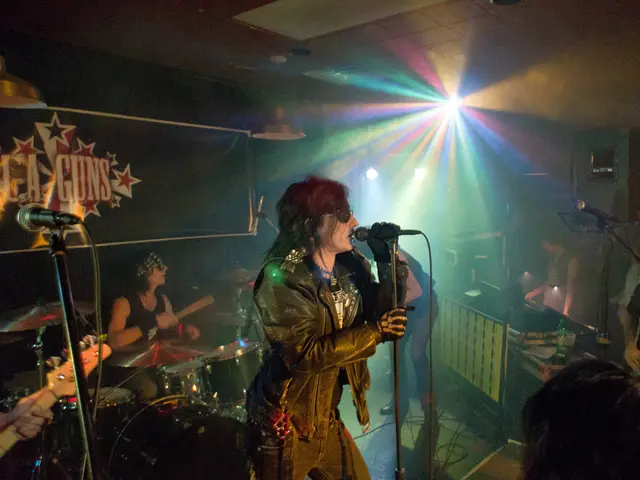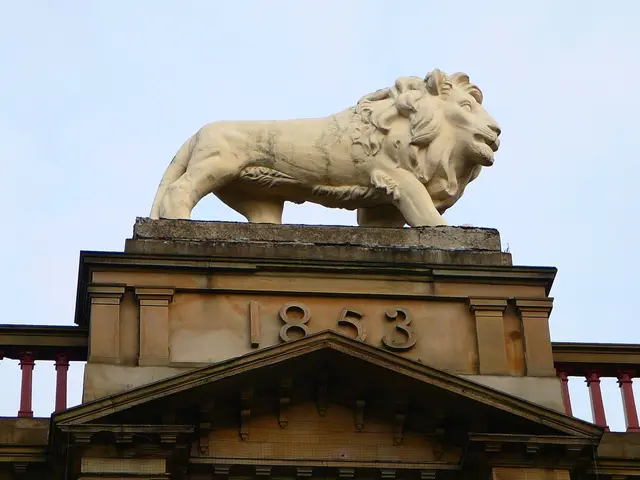This Door Slams Shut at 17:46: The Conclave Commences
Door remains shut since 5:46 PM.
Without a peep of warning, it's game on. The 133 eligible cardinals are now holed up in the Sistine Chapel for the Conclave, the secretive ritual to elect the next Pope. The chapel door will remain sealed till the smoke signals appear from a tiny chimney, heralding a new leader of the Catholic Church.
The world looks on as Rome takes center stage: The Conclave to elect the new Pope has begun, almost 13 years after the last one. Once the Sistine Chapel's door locked at 17:46, only the cardinals clad in red remained behind.
The much-anticipated announcement may take some time. It's generally foreseen that a decision will be made by the week's end, but there's no guarantee. In the meantime, spectators worldwide are at the mercy of the chimney's smoke signals – black if there's no decision yet, white if a new Pope has emerged.
Inside the Panorama
For the uninitiated, here's a quick rundown on the Papal Election in Rome:
- Closed-doors Ceremony: The first ballot took place shortly after endless speeches and prayers. Smoke will billow from the newly installed chimney between 19:00 and 20:00—expect it to be black, as deciding on a Pope takes time.
- Isolated Quarters: The cardinals will retreat to the Vatican guesthouse, Santa Marta. During their stay, they'll be kept isolated from the outside world, with mandatory phone and device confiscation. They'll use this quarantine time for conversation, prayer, or reading.
The Talking Popes (Later)
On Thursday, up to four ballots will transpire, two in the morning and two in the afternoon. If a two-thirds majority isn't obtained for a candidate in the first round of voting, expect multiple rounds of voting to extend well into the following days. The ceremony is so-named "Conclave," as it translates to "locked in" the Sistine Chapel.
This Conclave is larger and more globally diverse than ever, with Francis' new church leaders hailing from far-flung corners. A two-thirds majority means 89 votes this time, and some suspect it may take longer than usual. Then again, recent history hints at Conclaves lasting merely two or three days.
Walking Through History
Before the conclave begins, the cardinals will process in a solemn ceremony from the Pauline Chapel in the Vatican to the Sistine Chapel. There, they'll take an oath of secrecy, promising to uphold the rules about the conclave's proceedings. Occasionally, we learn about the inner workings of the Conclave after the fact—even Francis once revealed details of his election in 2013.
Fact Sheet:
The election of the next Pope, or Conclave, is a centuries-old, secretive process, hosted periodically within the Vatican. The cardinal electors are Catholic officials, usually under the age of 80, who hail from all around the globe.
The ritual is guarded by the church, with the electors and Vatican staff taking an oath of secrecy, and the chapel thoroughly searched for advanced listening devices. The cardinals cast their votes through secret ballots, with a two-thirds majority plus one vote required to elect a new Pope.
The smoke from the chapel's chimney signals the progress of the Conclave: black smoke indicates no decision, while white smoke means a new Pope has been elected. The elected Pope chooses his papal name and is then introduced to the public with the announcement "Habemus Papam."
- The latest Conclave, held at the Vatican, is more globally diverse than ever, with representatives from various international locations.
- The Pope, also known as the leader of the Catholic Church, is selected through a process called the Conclave, a centuries-old secretive ritual held within the Vatican.
- It's uncertain how long the Conclave will last, as a two-thirds majority is required to elect a new Pope, and the votes might extend over several days.
- The Pope's election is guarded by the Church, with the participants taking an oath of secrecy and the Sistine Chapel being thoroughly searched for sophisticated listening devices.








